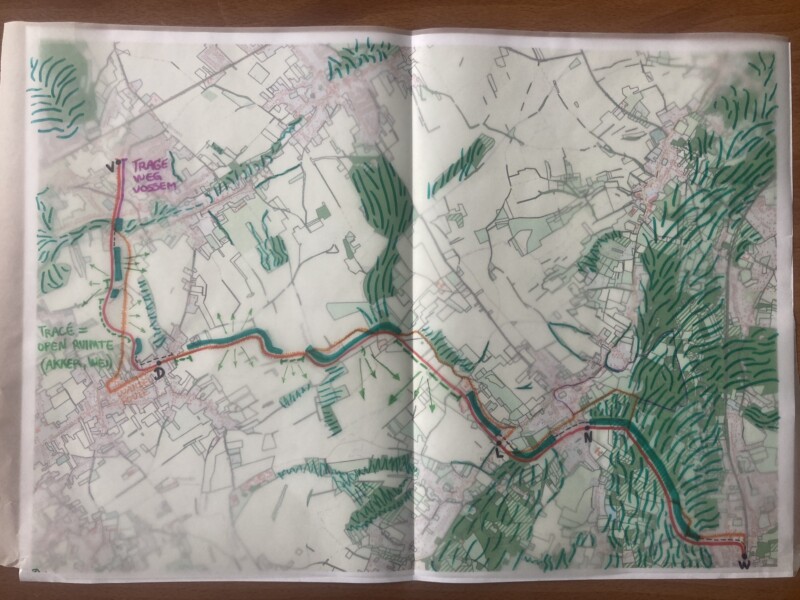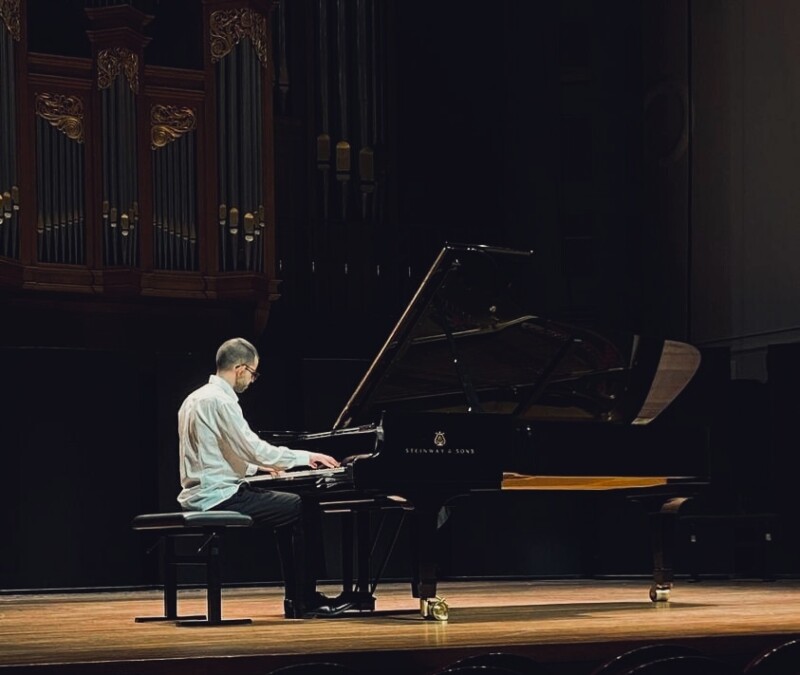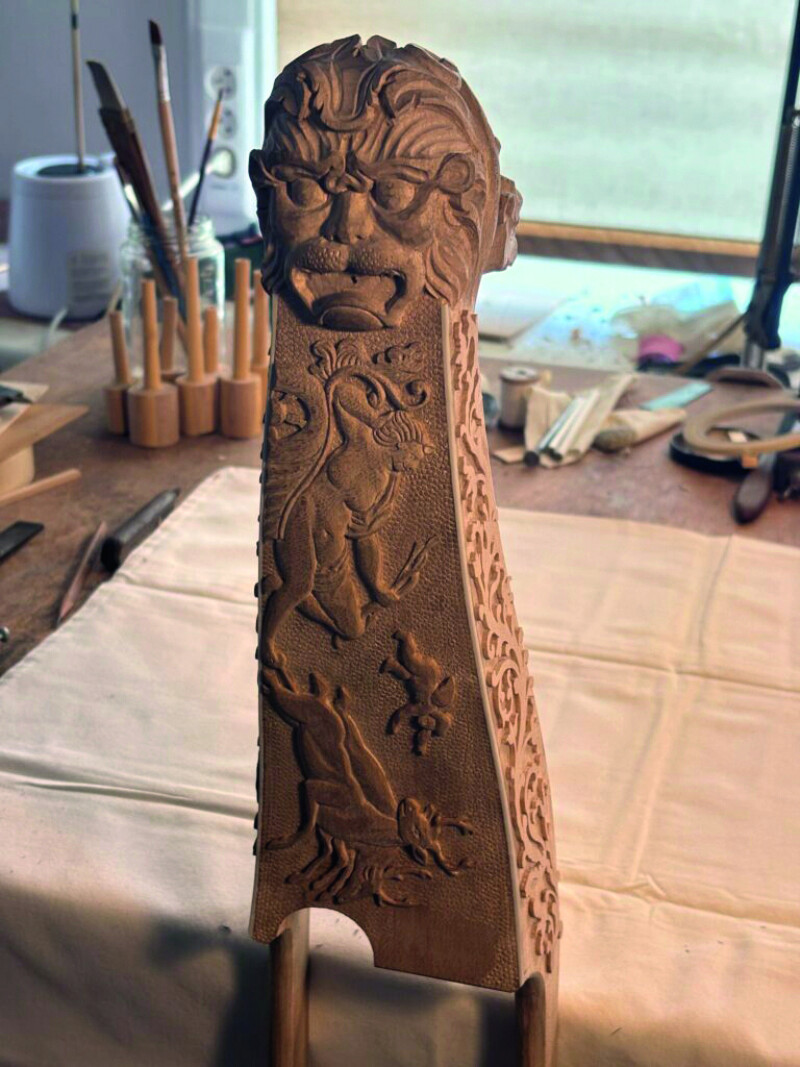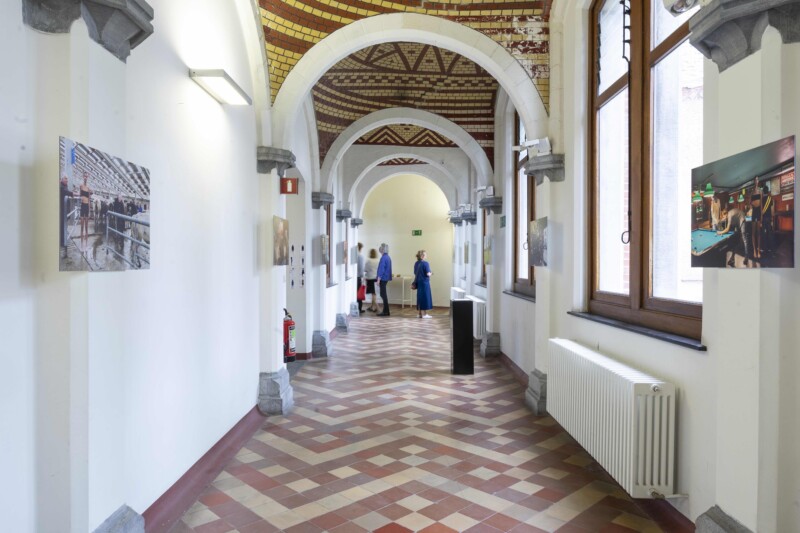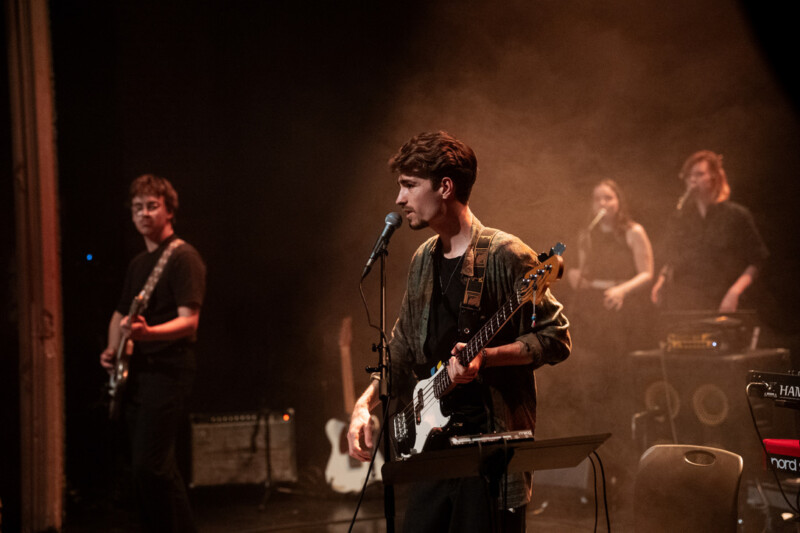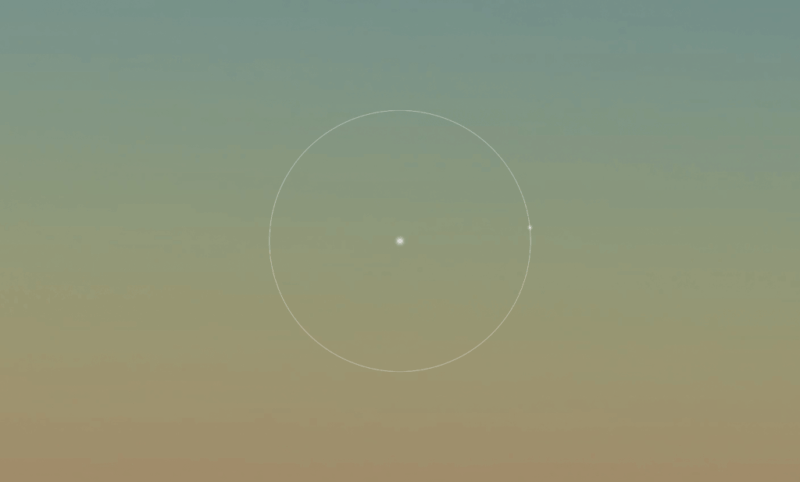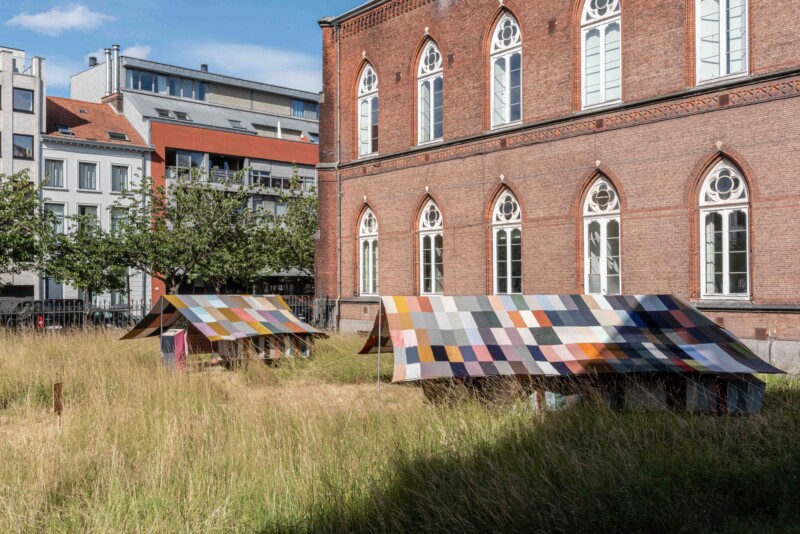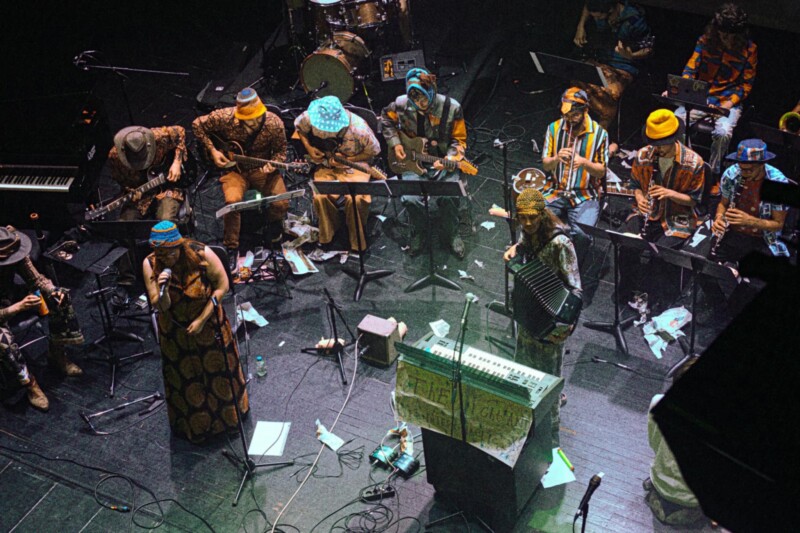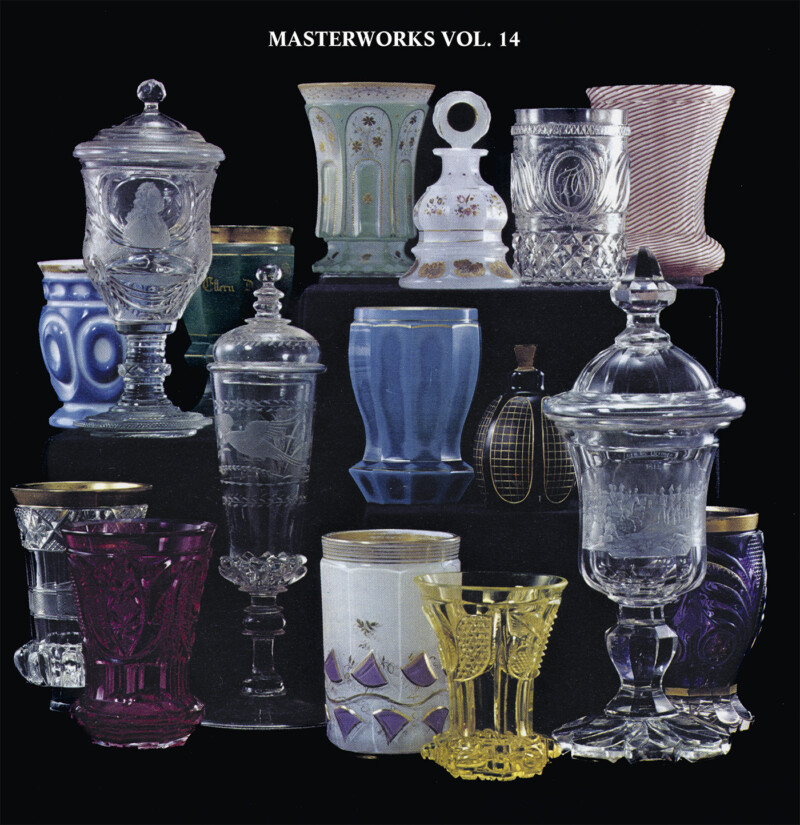Elisa Deleersnyder
being
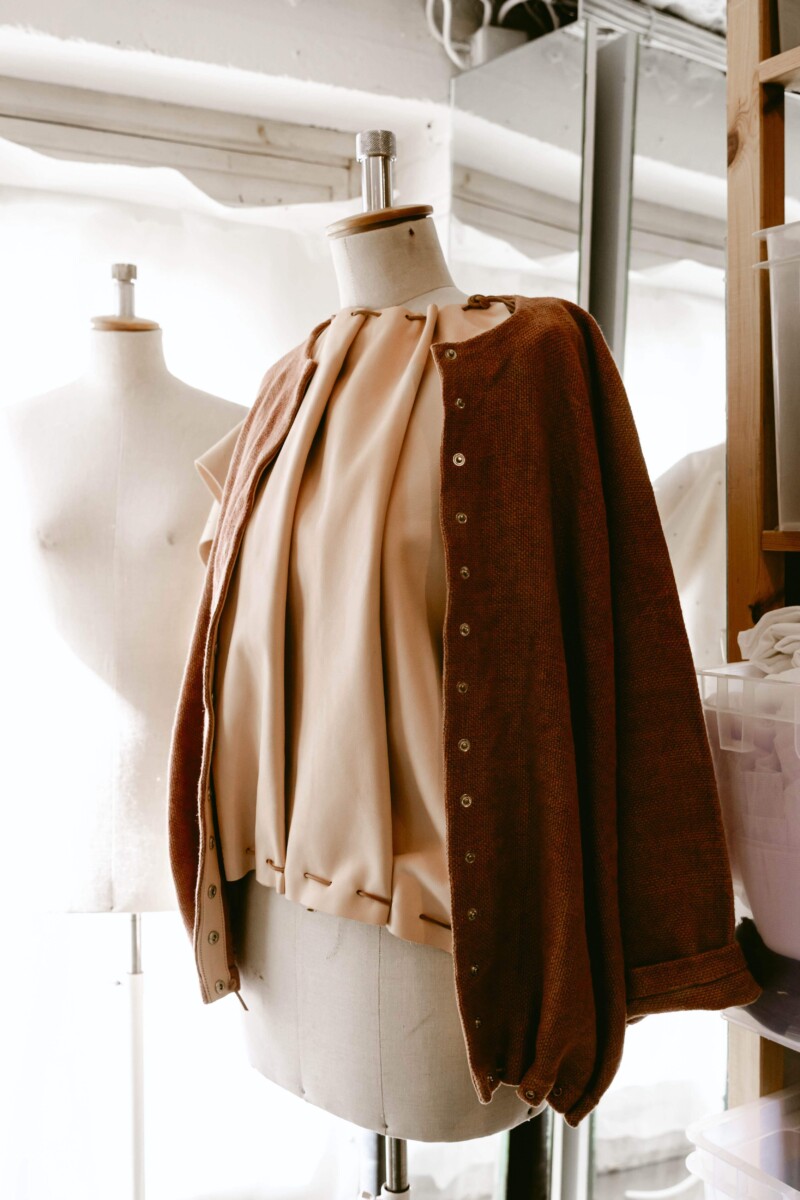
De meeste mensen houden er niet van verander , verkleur en slijt. en verlangen dat
het zo lang als mogelijk blijft zoals het is of was. een onmogelijk verlangen
want het bevindt zich in een constant proces van ,
of we dat nu of niet. materie zijn allemaal veranderlijk door invloed van , en .
Als we aanvaarden, wie we
zijn als persoon, of van wie we waren, een getuige van waar we zijn geweest en het leven dat
we hebben; dragen ze sporen van ons verleden met zich mee, en kunnen we de
dat het leven met zich brengt een (onder-)deel laten zijn van? - Elisa Deleersnyder
Most people do not like change, discolouration, and wear and tear and want
things to remain as they are or were for as long as possible. an impossible
desire because is in a constant process of , whether we or not.
matter is all changeable due to the influence of , , and. If we
accept who we are as a person, or who we were, a witness to where we have been and the life
we have ; they carry traces of our past with them, and can we allow the that life brings to be a part of it?
- Elisa Deleersnyder
The aesthetics of discolouration are central in the work of Elisa Deleersnyder. Light acts on fabric for a certain period of time and discolours, decays, fades. A basement with a sunbed as a studio space and a year-long creative process with the collection being as a temporary result.
Elisa Deleersnyder proposed a conversation with Axel Vervoordt Company. May Vervoordt, who has been active in the fabric department for 50 years, and Hanne Van Vlierberghe, the youngest member of the team, but who has also been working for the company for four years, welcome Elisa for a coffee and a chat about their shared interests.


May Vervoordt
Did you become interested in textiles and fashion later than your fellow graduates, or did you do other things first?
Twenty years ago, I studied fashion, but I didn't finish the programme. After that, I always worked professionally with fashion. I had a studio for custom-made wedding dresses and took over a furniture upholstery business. I teach Moroccan leatherworking. I design and make handbags. This gave me a broad field of work, but I also wanted to channel this knowledge into a personal research project. When you work with fabrics for a long time, the same questions always come up, such as how you design and which materials you use. That's how I became interested in the aesthetics of decolourising clothing. I thought of talking to you because you are also involved in decolourising, but above all because of my interest in the sensitivity with which you put this kind of process into practice.
MVWe have been designing homes for almost 50 years, trying to keep our fabrics good-looking over a period of 20 years, like that armchair with coloured linen over there. I coloured that cover myself once. The character that the fabric still exudes after 35 years is what appeals to us! We seek beauty in imperfection, assuming that fabric becomes more beautiful with time. That is also the beauty of your work: it is organic, it keeps changing. In our search for beautiful things, the applications can be very diverse; we are inspired by the textiles themselves. Do you also dye or do you only decolourise?
My creative process consisted of various colour and material studies. Most fabrics are fixed in such a way that they cannot be decolourised. Even natural linen needs time to decolourise, sometimes several months. This process took too long for me. That's why I started dyeing everything made of natural fabrics myself with natural pigments. I then decolourised them using UV light. First, I did some tests in the sun, then with UV boxes, and finally I collaborated with The Colour Biolab (the experimental lab for art/design and biotechnology at KASK & Conservatorium) and Centexbel (Belgian textile and plastics expertise centre). Centexbel has weather stations where they test fabrics, and someone there told me that I would get the best results with a sunbed. So I bought a vertical sunbed for my home! I started exposing my silhouettes on mannequins, and the beauty of the process turned out to be that you can play with discolouration in a targeted way. I don't know if this is interesting for you too?
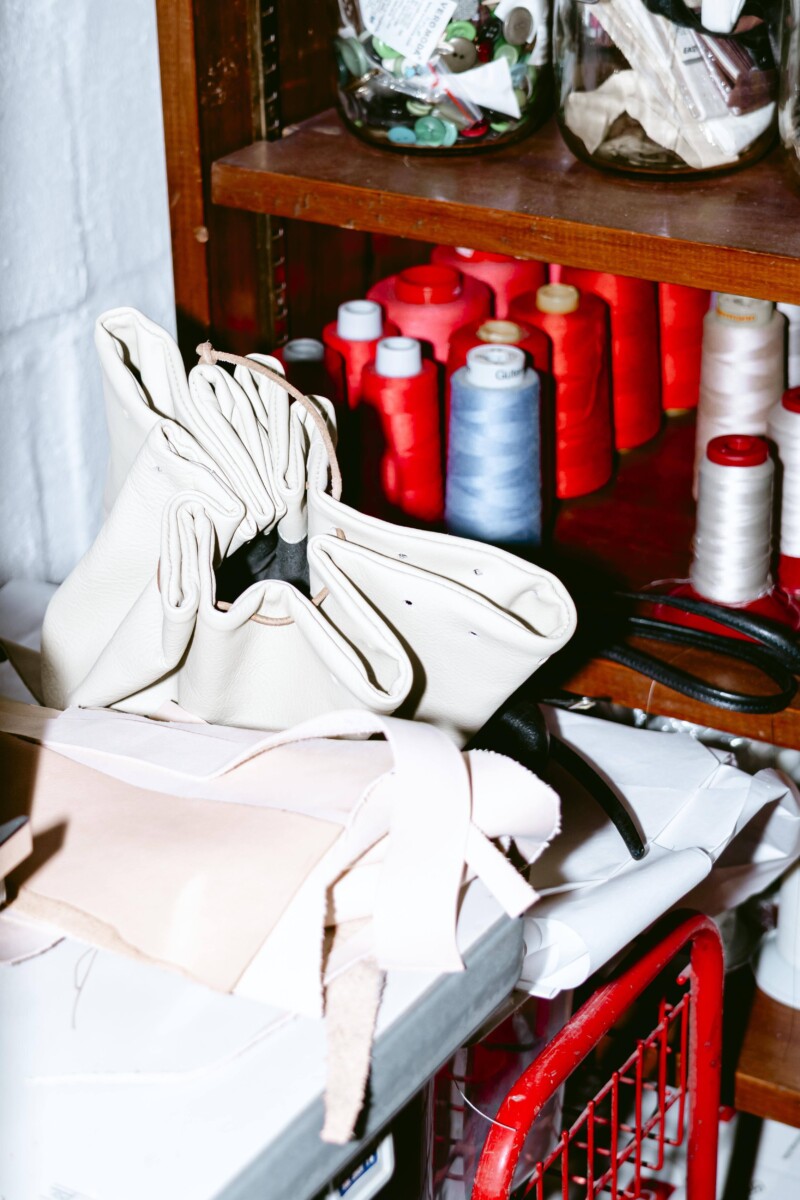
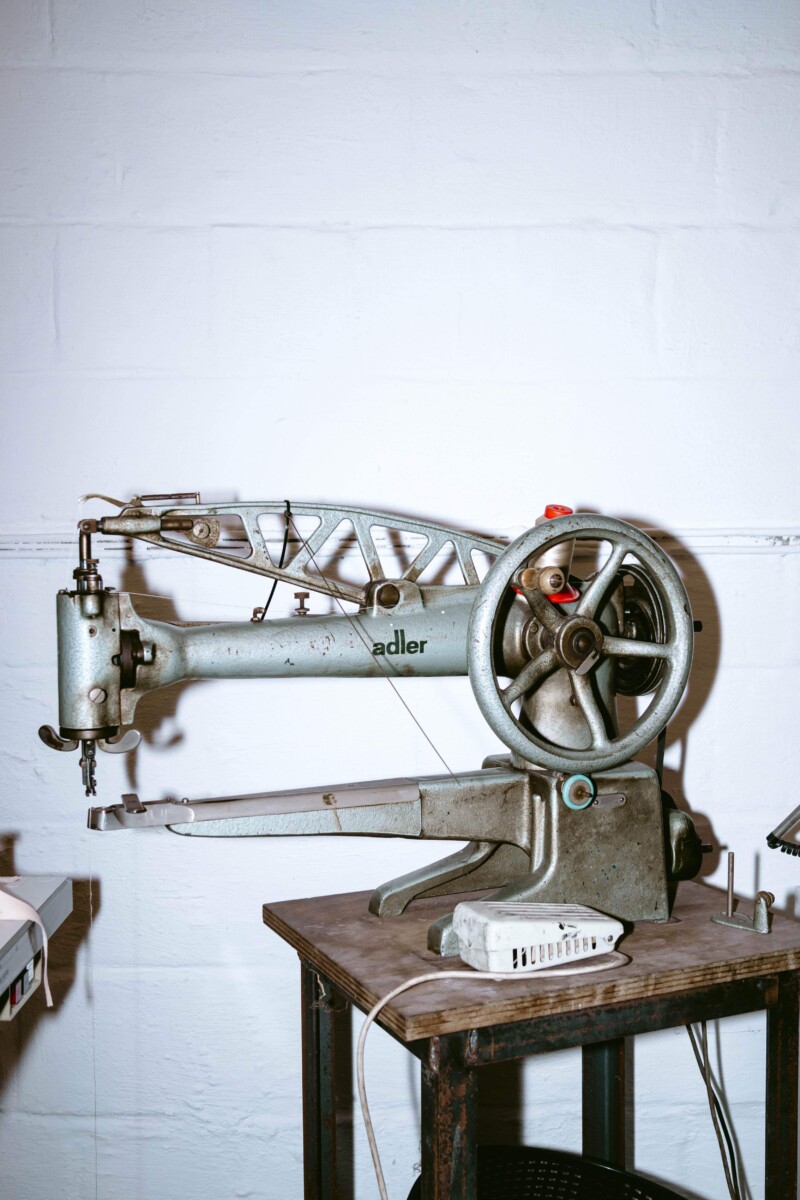
MV
Yes, it's fantastic. It's always interesting to see how you can work with this in different ways, starting with the types of pigments you can use. Onions, for example, offer a lot of possibilities, but you need enormous quantities. It would be difficult to collect all the onion skins from all the restaurants in Antwerp to use for colouring!
Ha! No, indeed, but you can already buy the pigments themselves from very reputable dealers. So not the peel itself, but the pigment, which you then boil in hot water and, above all, do not fix.
Hanne Van Vlierberghe
Are those the ones that fade the most? In our studios, we also test these kinds of things, with iron sulphates and so on.
Yes, the colours are very bright at first and then they start to fade in patterns. The silhouettes are also designed with this in mind, as pure, aesthetic wearing experiences.
MV
That it fits, that there is a dégradé in it. You can't put a dégradé in a square shape. It has to be a bit fluid.
[Elisa shows her collection using her image folders.]


But also that there are different ways to wear my pieces. One coat has buttons all down the back: you connect them inside with ribbons to create a pleated look with different lines. Here you can see a dress in a large size with press studs, or this skirt has lots of little holes and therefore lots of pleat variation, so you can dress many different types of people and sizes. The wearer has the choice. The colour palette is very natural, with shades of pink, brown and salmon. What I found important was that the silhouettes were not too large or had pleating options so that the colouring could be used visually.
MV
That way, every time you open it, you get that nuance, beautiful!
For example, when I open this coat, you can see the colour lines. The item has been exposed to UV light for a number of hours to achieve this result. All my pieces have a kind of tag attached to them with the type of material and pigment and the number of hours of UV exposure.
HVV
And after that UV time, do you fix it?
At the moment, it's not fixed yet.
MV
So the process can continue?
Yes, basically. That's another important question: to what extent do you want it to continue to discolour or not? For example, this is a top that was originally very dark, but has already received a lot of exposure, about 53 hours.
HVV
And the base fabrics are always 100% linen, or is there a certain variation?
I have mainly worked with linen in different weights, with cotton, leather and, for example, metal in the finish. A pencil skirt like this, woven with horse and cowhide, can be tied around your waist as you prefer. You can also shift those strips to create a graphic weave pattern.
HVV
That's a real craft!
MV
And you wove that yourself?
I wove the test piece, but a student helped me with the rest. I also spent a lot of time looking for patterns that consisted of as many single pieces as possible and how I could use the remaining scraps to make new things such as accessories.
MV
There are some really beautiful pieces. It inspires ideas, not only for wearing them myself, but I can also see them in a themed exhibition about craftsmanship.
Interesting, my pieces are currently being stored in the dark. I'm not sure yet what the next step will be, but I see a lot of possibilities.
HVV
Would you like to turn it into a clothing collection?
I'm also interested in interiors and accessories, to open up the concept more. I'm open to anything experimental that involves playing with sensitivities in materials.
MV
I find it extremely interesting to hear and see what you're working on. I'd love to come and see your collection in your studio. How shall we arrange that?

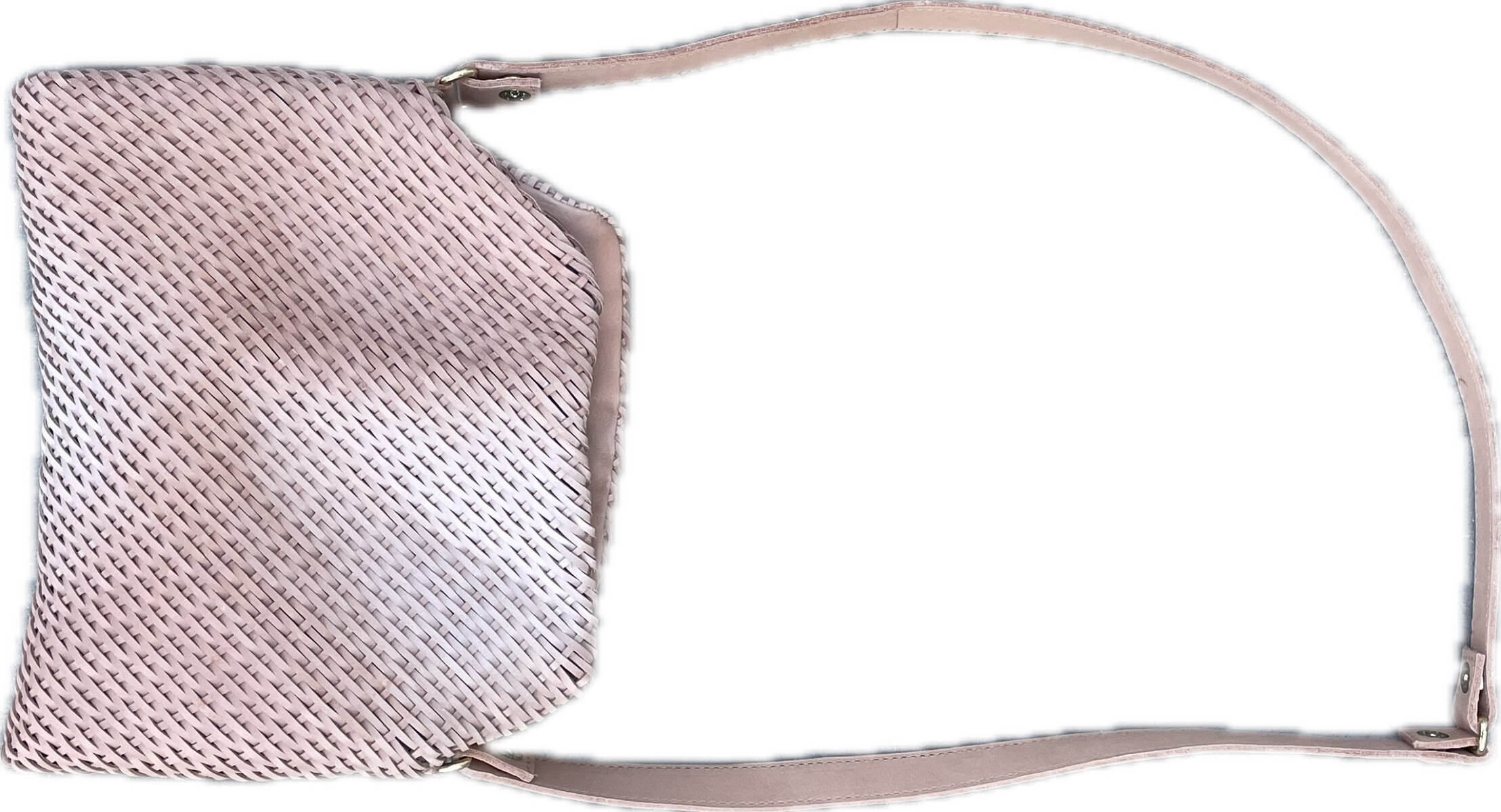
text: Liene Aerts, based on a conversation between
Elisa Deleersnyder, May Vervoordt and Hanne Van Vlierberghe
photos silhouettes: Elisa Deleersnyder







